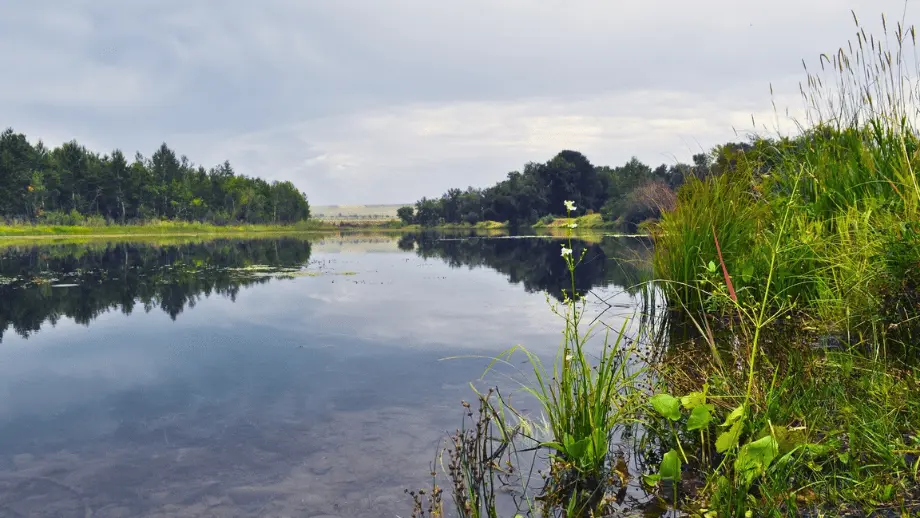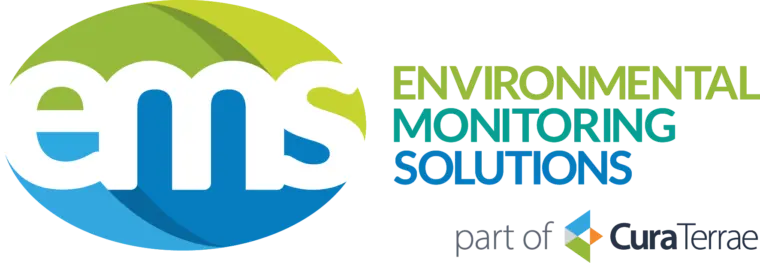What you need to know about water monitoring requirements – The Environment Act 2021
8 February 2023

The Environment Act 2021 has introduced new requirements for water companies to report on discharges from storm overflows and to continuously monitor the quality of water affected by those overflows and wastewater treatment works.
Section 81 of the Act stipulates storm overflow discharges in England must be reported, including their location and where the discharge begins and ends. It requires water companies in England to continuously monitor water quality in rivers both upstream and downstream of storm overflows and wastewater treatment works. Monitoring requirements were introduced to gather the required data to build a comprehensive picture of the impact of storm overflows.
The government’s Storm Overflows Discharge Reduction Plan sets targets for regulators and water companies to prioritise improving the water environment. By 2035, water companies will have: improved all overflows discharging into or near every designated bathing water; and improved 75% of overflows discharging to high-priority sites.
What does the Environment Act say about CSO discharges?
Improving water quality is vital – not only to protect people and public health, but to ensure the harm done to biodiversity in and around our water bodies is halted and reversed. Climate change and population growth have increased the frequency of storm overflow discharges, and these new requirements address the need to monitor the potential damage. The monitoring data will help water companies to identify where upgraded infrastructure (including blue-green solutions) is required and allow the Environment Agency to take enforcement action against unlawful storm overflow discharges and permit breaches.
The new monitoring requirements present a significant cost and delivery challenge to water companies and the supply chain. Covering all water companies that operate wholly or mainly in England, our water quality consultants calculate that up to 35,000 monitors will need to be installed by 2035.
What parameters will need to be monitored under the Environment Act 2021?
The Act currently contains monitoring to measure dissolved oxygen, pH, temperature, turbidity and ammonia in relation to ecological harm. However, the legislation also allows for the introduction of further substances by the government. There are many potential inclusions, including nutrients, faecal bacteria, and emerging pollutants, such as microplastics and perfluoroalkyl substances (PFAS), that may need to be monitored in future.
What challenges will water companies face under new monitoring requirements?
The amount of monitoring equipment that needs to be deployed will prove to be an expensive and complex undertaking. There are further complications to meeting the requirements of the Environment Act 2021 – much of the land that water companies will need to access to install the monitoring equipment does not belong to them. They will, potentially, have to purchase or lease land and access and build infrastructure such as roads and paths to ensure the safety of installation staff. EA guidance currently defines that continuous monitoring equipment must, in most cases, be housed in a bankside kiosk as opposed to being installed directly into the watercourse. This approach has some benefits but adds complexity and cost.
Various options to reduce these kinds of infrastructure costs have been explored by Defra; our consultants are working on these scenarios and cost estimates on behalf of our water company clients. EMS is also working on guaranteeing the supply of continuous water quality monitoring equipment to meet the expected demands of the Environment Act. As specialist systems integrators, we also offer installation and maintenance services along with data provision, integration and visualisation. Contact our consultants for further information.









